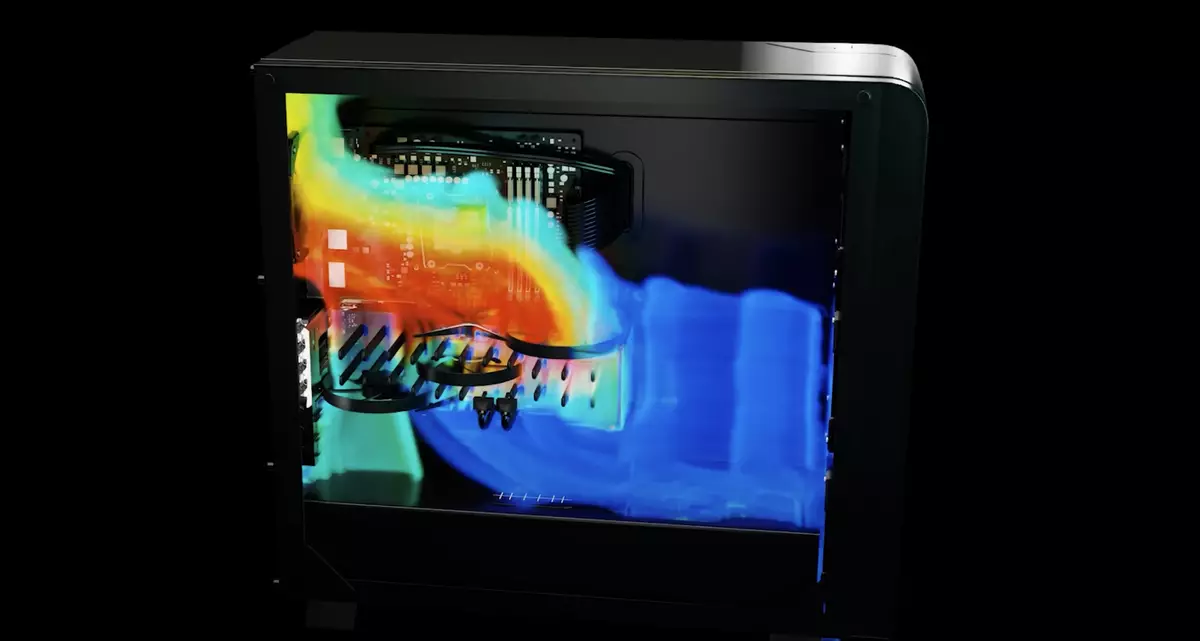The evolution of graphics technology has continually captivated enthusiasts and professionals alike, and the Nvidia RTX 5090 is a remarkable testament to that progress. Unlike its predecessors, the RTX 5090 embodies a perfect fusion of compact design and exceptional performance, arising from an ambitious vision to reinvent how powerful GPUs are made. The following is an exploration of the thoughtful engineering that defines this cutting-edge graphics card.
At the heart of the RTX 5090’s design is an innovative solution to a classic problem—how to deliver superior performance without expanding the physical footprint. Traditionally, as GPU capabilities have soared, so has their size, leading to heavy and cumbersome systems. Nvidia’s approach with the RTX 5090 stands out, as it pursues a dual aim: maximizing performance while minimizing space usage.
Developers were particularly inspired by a four-slot prototype that never reached production due to practical limitations. The challenge posed was monumental, as Nvidia had to condense the main circuit board by a staggering 40% to 50% compared to the previous generation model. By evolving existing cooling technologies, the team distilled the design to meet this unprecedented challenge without compromising on heat dissipation.
Nvidia’s narrative around cooling technologies reveals how they adapted and innovated over time. Reflecting on previous models, particularly the RTX 3090, the team recognized a pivotal jump in wattage efficiency—from the long-standing 250-260 watts to an impressive 350 watts in just one generation. This meant that immense attention had to be given to thermal management to ensure that performance gains did not lead to overheating.
The design evolution employed “blow through” technology in strategic ways. While early versions of the GPU could conceive of a bulky design with multiple fans for air circulation, Nvidia’s ingenuity lay in rethinking this concept. The so-called “three-thirds” blow-through configuration, originally large and unwieldy, was refined into an elegant “two-thirds” blow-through mechanism that provided efficient cooling in a more compact framework.
One of the standout features of the RTX 5090 is the partitioned PCB design. Unlike traditional designs, the PCB was reengineered into three distinct sections, allowing for revolutionary airflow while maintaining the structural integrity necessary for operation. These sections include the mainboard for GPU processing, a PCIe daughterboard for motherboard connection, and a separate I/O daughterboard facilitating HDMI and DisplayPort connectivity.
A critical innovation in this design is the introduction of a flexible PCB cable, utilized to connect various components seamlessly. The creation of this cable was not trivial; it underwent 25 design revisions to achieve the right balance between flexibility and durability. Such meticulous attention to functionality underpins Nvidia’s commitment to excellence.
One intriguing aspect of the RTX 5090’s development is its reliance on liquid metal as thermal interface material (TIM). This choice brings its own set of challenges. Ensuring that the TIM remains functional across diverse environments and orientations required ingenuity. The solution lay in hermetically sealing the material, making it impervious to oxidation and leakage, thus preserving the effectiveness of the thermal interface for the life of the product.
Furthermore, Nvidia introduced a pioneering “3D vapour chamber” that is directly linked to heat pipes, enhancing thermal dissipation while keeping the GPU package compact and efficient. The result is a model that not only emphasizes cooling efficacy but also maintains a sleek profile, ensuring that the RTX 5090 meets the aesthetic and functional demands of modern setups.
The Nvidia RTX 5090 is more than just a high-performing graphics card; it symbolizes a paradigm shift in how GPUs can be engineered. As Nvidia’s Hunter Denter notes, this design reflects an unwavering commitment to detail across every layer of production. As the GPU industry continues to grow and evolve, the RTX 5090 will undoubtedly serve as a benchmark for future technologies, continuously inspiring innovation through its boundary-pushing design. In an era where performance is paramount, the RTX 5090 stands as a shining example of how thoughtful engineering can rewrite the rules of performance and efficiency in compact form factors.

